We recently wrote about the most common questions we get surrounding real estate transactions. Along those lines, many clients ask us about investing in real estate as way to create a portfolio that generates passive income. There is one strategy that is particularly popular among real estate investors known as “Buy, Rent, Refinance, Repeat”, or BRRR. Owning a home is one of the biggest escalators to wealth and the BRRR strategy is a way to invest in real estate and increase the scope of an overall investment portfolio.
Why has this become such a popular strategy?
This strategy has become very popular, especially in the low rate environment we have seen. Lower rates translate to a lower monthly mortgage payment. Given that rents remain the same or increase year over year, a lower monthly mortgage payment means the owner if profiting more the tenant’s rent than with a mortgage with higher monthly payments.
The BRRR strategy is based on leverage, and thus not suitable for all. It is important to access your risk profile and determine your ability to take on additional debt in the form of mortgages is sustainable and wise. Because a mortgage is viewed as “good debt”, there can be tax benefits in having on. It is important to speak with a qualified tax adviser as to what you may be able to deduct in mortgage interest and how your property will be viewed by the IRS – investment or vacation properties can fall into different categories. We discuss that in more detail here.
What is this strategy based upon?
The premise of this strategy is to purchase a property (ideally at a discount to fair value to capture more equity), finance it, and find a tenant to secure cashflow on this property. Once a tenant is in place and the property is producing positive cashflow, the owner refinances the property which essentially takes the payment back out. Refinancing allows the owner to then roll these funds to facilitate the purchase of another property. The cycle continues from here.
By getting a mortgage at historically low rates, rental profits increase as your tenants' rent covers the cost of a (lower) mortgage payment, and you, as the owner, keep the difference. Income + price appreciation overtime can lead to nice profits.
What Implications Should I Be Aware Of?
It is important to understand that what works for one buyer or investor may not be ideal for you and your personal situation. It is easy to fall in the typical investment trap of “my neighbor told me that X is a good area to buy in so I bought there as well.” Arm yourself with a qualified team from a tax adviser to a real estate broker to you can ensure you are getting the best advice and insights in each area of the process.
Additionally, when it comes to financing and the products available, there are many options. Getting a mortgage product that is suitable for you is an important aspect of this strategy. Most investors hone in on a 15 or 30-year option, but explore all the products your lender of choice offers. Tradeoffs exist with both options such as speed of building equity, interest paid on life of loan, and interest rates. Your broker and knowledgeable Mortgage Broker will be able to help decide what option may be best for you and you real estate investment goals.
It is also important to recognize that there may be times where the rental market, and thus your ability to rent the property, may be challenging. Ensure that you can continue to hold the property in the face of it sitting empty until you can find a new tenant.
Interested in hearing professional stories on this strategy? Victoria was included in an insightful article published by The Real Deal where many top brokers talk about their successful real estate investment. Read the full article here: Brokers Place Their Bet .


